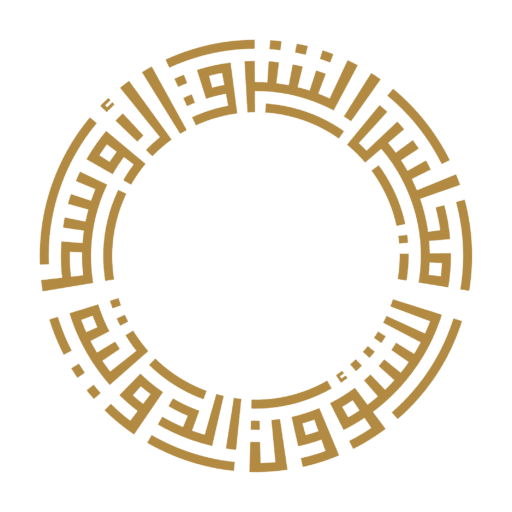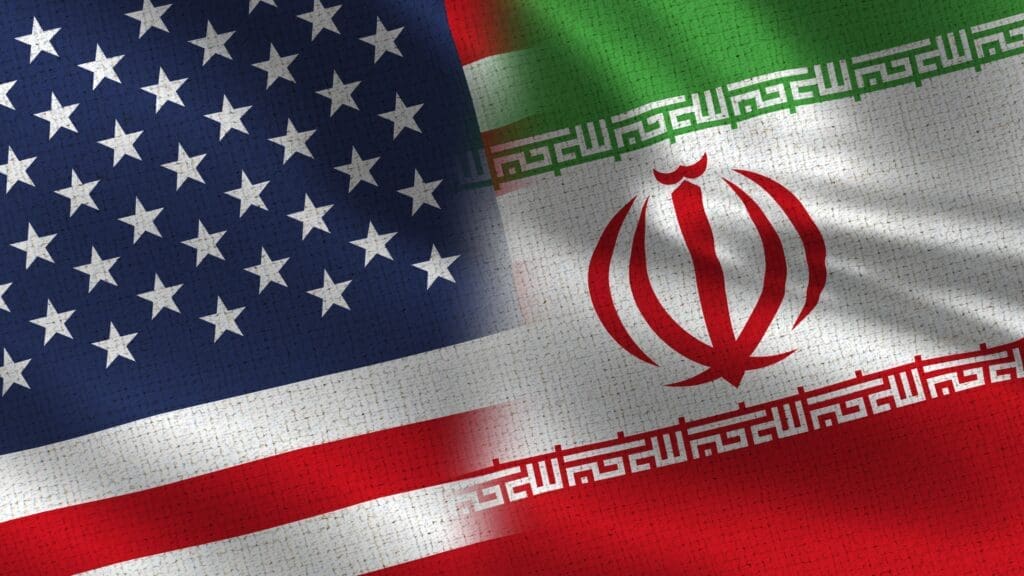Among the top foreign policy issues Donald Trump faces in his second term are the perceived challenges and threats posed by Iran. To this end, Trump revived the “maximum pressure” campaign that characterized his approach to Iran in his previous term. At the same time, hawks in Washington are calling on the administration to support Israel in striking Iran’s nuclear and economic infrastructure, while trying to convince France, Germany and the United Kingdom—members of the P5+1 group who endorsed the nuclear agreement in 2015—to trigger the agreement’s “snapback mechanism” and reinstate UN Security Council sanctions against Iran. All of this appears aimed at forcing Iran back to the negotiating table to discuss various nuclear, missile and regional issues from a weakened position—or possibly collapse the regime.
Drawing from decades of experience, however, coercive diplomacy only reinforces Iran’s threat perception and provokes it to exhaust all options available against U.S. interests in the region. This is particularly the case when such coercive diplomacy is aimed at undermining Tehran’s national security and its deterrence power. Instead, an approach is needed that does not oversimplify the complex and multifaceted security issues between the two countries or complicate the security dilemma between Iran and the U.S., which traps both countries in a perpetual, asymmetric stalemate.
Understanding Tehran’s Perspective
Iran’s foreign policy mindset has been shaped and reshaped over the past century or so by ongoing wars, revolutions, coups, uprisings and sanctions, many of which have involved significant Western involvement or influence, especially from the United States. This historical context has made Iran highly sensitive to foreign intervention and the use of force, the prevention of which is central to its foreign policy outlook.
Over the past two decades, in particular, the profound transformation in the region’s geopolitical landscape—triggered by the U.S. military invasions and occupations of Afghanistan in 2001 and Iraq in 2003, along with the Arab uprisings that began in 2010—has been perceived by Tehran as threatening to Iranian state security and territorial integrity. This is evident in the statements of Iran’s supreme leader, Ali Khamenei, which assert that the only way to prevent war and deter threats against the country is through increased strength.
Thus, Iran has increasingly prioritized building its political and military independence and developing nuclear capabilities, as well as expanding its influence regionally through fostering a network of armed non-state allies. Recent developments, such as direct exchanges of fire with Israel, the devastating Israeli assault on Hezbollah, the fall of the Assad regime in Syria, and attacks on the Houthis in Yemen, have further reinforced the Iranian government’s belief that its security is under siege and that a broader plan to undermine its existence is unfolding.
Moreover, Tehran blames the U.S. for pulling out of the JCPOA and for imposing the “maximum pressure” campaign. Tehran views this policy as an attempt to achieve regime change or, at the very least, to limit Iran’s ability to defend itself. This sense of insecurity, should it be amplified by the second Trump administration, will not incline Iran to negotiate. Rather, it will drive the country to take more aggressive posture to survive.
A Failed Policy and Its Consequences
The 2015 Joint Comprehensive Plan of Action (JCPOA) nuclear agreement was a rare diplomatic success in the long-running confrontation between the U.S. and the Islamic Republic. Trump’s decision in 2018 to unilaterally withdraw from the agreement and impose an extensive economic sanctions regime ultimately proved counterproductive in limiting Iran’s nuclear program. Iran subsequently increased its uranium enrichment from under 4% to over 60%, bringing it ever closer to developing a nuclear weapon. Additionally, Tehran significantly advanced its missile and satellite technology, while its drone systems progressed to the point of being exported to Russia for use in the Ukraine war. Resorting to military force against Iran’s nuclear facilities is also unlikely to prove effective in preventing Tehran from acquiring a nuclear bomb given its facilities are so deep underground.
While Iran’s “forward defense” structure in the region has been severely debilitated in recent months, the country should not be underestimated in its ability to destabilize the Middle East should it feel duly threatened. As Iranian Foreign Minister Abbas Araghchi recently stated, an attack on the country’s nuclear facilities would lead to disaster for the entire region. While Iran does not possess the military and technological capabilities to balance the military might of the U.S. and Israel, it still has the means to deter against external threats. For instance, Iran may accelerate its nuclear program, turn closer towards Russia and China, reinforce its allied militias in the region, or engage in asymmetric warfare to target U.S. and allied interests in the region, including the major oil and gas facilities of its Arab neighbors.
Additionally, Iran could leverage its control over the Strait of Hormuz to severely disrupt international shipping and trade. Indeed, the waterway holds significant strategic importance in Iran’s security doctrine. Tehran has frequently threatened to militarily block the critical strait, the world’s most important chokepoint for the flow of hydrocarbons, if its interests are not safeguarded or its security is at risk. The navy of the Iranian Revolutionary Guard Corps (IRGC) is also able to seize vessels under certain conditions. In April 2024, for example, the IRGC navy seized an Israeli cargo ship passing through the strait.
Hardline factions in Iran routinely advocate utilizing the waterway’s geopolitical significance to advance security policy objectives. For instance, the hawkish Kayhan newspaper described the seizure of the Israeli ship as a signal to the U.S. about Iran’s ability to block the strait and suggested that the IRGC should create conditions there similar to those imposed by the Houthis in the Red Sea for commercial vessels linked to Israel. In a somewhat veiled threat, Araghchi even recently raised the option of blocking the strait, but said the government currently has no plans to do so.
Taking a Softer Approach
America’s coercive approach to Iran has not only failed to produce positive results but has been counterproductive by encouraging behavior the U.S. and its allies oppose. Unless diplomacy becomes the central tenet in the U.S. policy toward Iran, grounded in the principles of respect and dignity, and “trust but verify” while remaining vigilant, meaningful progress will remain elusive. The deep lack of trust between the two sides, the multilayered nature of the confrontation, and prevailing uncertainty necessitate delicate diplomacy to achieve a mutually beneficial outcome.
A better method would be diplomatic engagement untied to increased sanctions or the threat of force. A step-by-step, confidence-building approach could ease Iran’s security concerns and persuade it to reduce its regional assertiveness. A reasonable starting point for these discussions could be re-starting talks over Iran’s nuclear program. Indeed, Trump has already asserted that, unlike during his first term, his only condition to deal with Iran this time around is its capability to make a nuclear weapon.
Direct negotiations facilitated by effective mediators, like Qatar, could significantly contribute to such process. It will not happen overnight, but in the end, gradual, mutual trust-building through diplomacy is the most effective way for the U.S. to achieve its strategic goals.
Coercive diplomacy often leads to further coercion. Iran’s new government has signaled its willingness to engage in negotiations regarding its nuclear program and issues beyond, but it has also affirmed its readiness for confrontation. Now is the time for both sides to prioritize diplomacy above all else.



